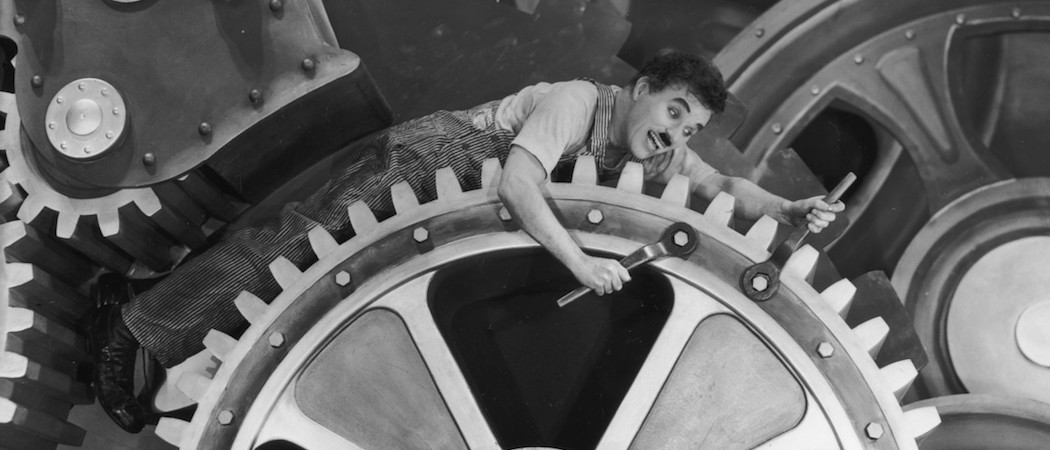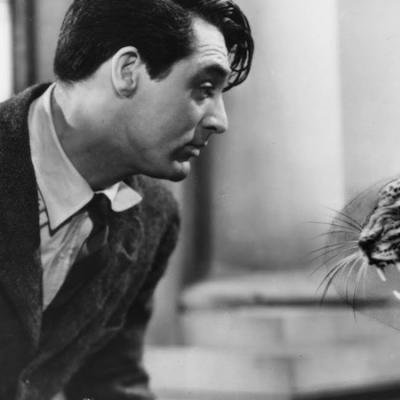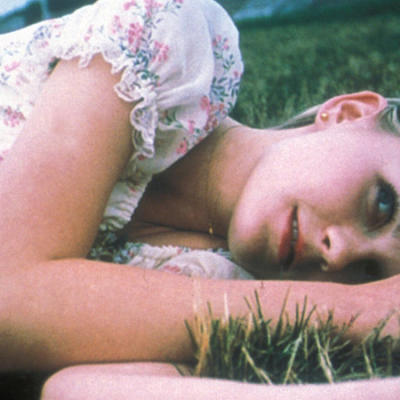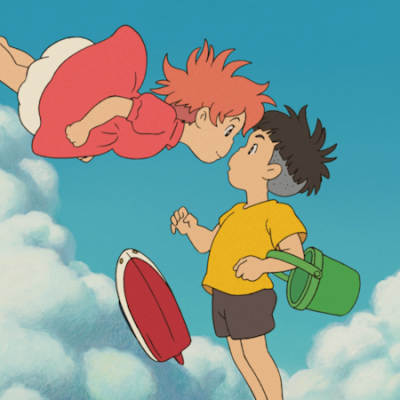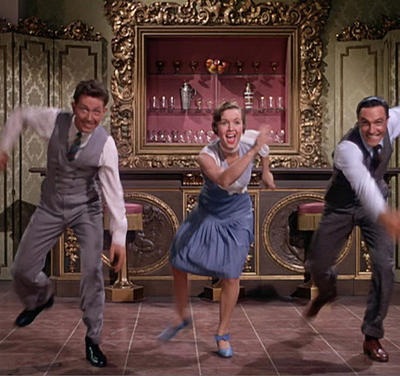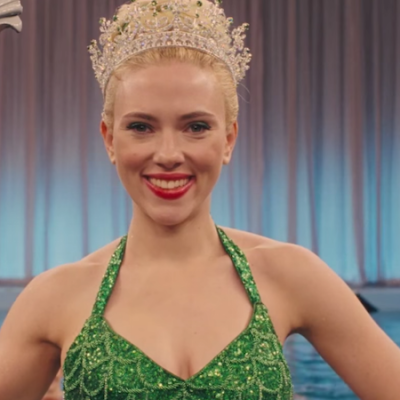Charlie Chaplin is one of the most iconic figures ever to grace the world. A humble and sweet, but phenomenally talented and restlessly creative comedian, filmmaker, actor and composer, Chaplin remains one of the cornerstones of Western popular culture. The subject of movie biographies, books, and now even a dedicated Charlie Chaplin Museum located in Vevey on the edge of the Swiss Riviera, it's obvious and impossible to overstate how much of an impression Chaplin made throughout his lengthy career. Here are five of the finest moments that made Charlie Chaplin a star that shone so brightly.
Fork jig (The Gold Rush [1925])
Imitated by just about everyone including Grandpa Simpson, this simple little trick is one of the purest examples of Chaplin’s physical comedy. Making legs and feet out of a couple of forks and some bread rolls, Chaplin’s Little Tramp character entertains some gay young ladies with a gleeful little dance routine on the table top. The silliness takes on a new significance when it’s revealed it was all a dream, and he is still stranded and starving in his lonely little cabin. No one mixed humour and sadness like Chaplin.
A piece of music so beautiful it was performed by the likes of Nat “King” Cole, Michael Jackson and Janelle Monaé, the Chaplin-composed “Smile” first appeared at the end of Chaplin’s classic Modern Times, when the Little Tramp and his sweetheart Ellen (Paulette Goddard) decide to march resolutely onward. John Turner and Geoffrey Parsons added lyrics to the gorgeous tune in 1954, and the song took on new significance. It’s an anthem of hope for the struggling and downtrodden people of the world: “Smile, though your heart is aching.”
“Let us all unite!” (The Great Dictator [1940])
Seeing from afar what was happening in Europe at the beginning of the 1940s, courageous Charlie decided to use his influential voice to take aim at Hitler in his first full sound film. Chaplin plays dual roles of Hynkel, the dictator of the title, and The Barber, a Jewish man. The comedy comes from a serious case of mistaken identity, and eventually The Barber finds himself at the podium in Hynkel’s place. Chaplin breaks character to deliver a rousing sermon about the importance of compassion and understanding that will move even the stoniest of hearts.
Charlie and Buster (Limelight [1952])
In the uncharacteristic melodrama Limelight, Chaplin plays the formerly famous Calvero, who rescues the young dancer Terry (Claire Bloom) after a suicide attempt. It’s hard not to read the drunken but benevolent former clown Calvero as being Chaplin himself, especially when a brilliant scene near the film’s end finds him united with fellow silent star Buster Keaton, who plays Calvero’s old partner. The pair’s silly physical comedy routine is hilarious and poignant at once, celebrating what once was, but passing on the torch to the next generation of performers at the same time.
Charlie receives an honorary Oscar (1972)
After many years in exile from the United States for his strongly left-wing politics and alleged communist sympathies, Charles Chaplin returned to the land that made him a star. The footage from the 1972 Oscars, where Chaplin was awarded an honorary award for his years of groundbreaking work, is emotional even for those unfamiliar with Chaplin’s work. The standing ovation that the enfeebled, but still expressive and bright man receives as he walks out on stage feels as if it will never end. Even more so than usual he is a man of few words because he is choked up with emotion. When he is handed his old bowler hat and cane, just try to hold it together.
